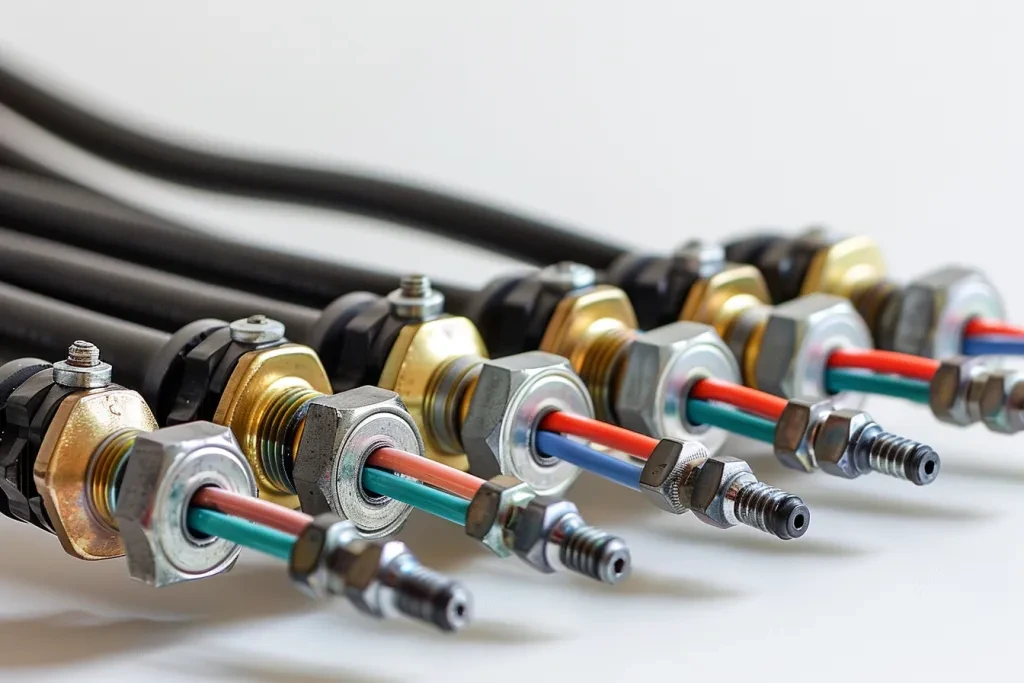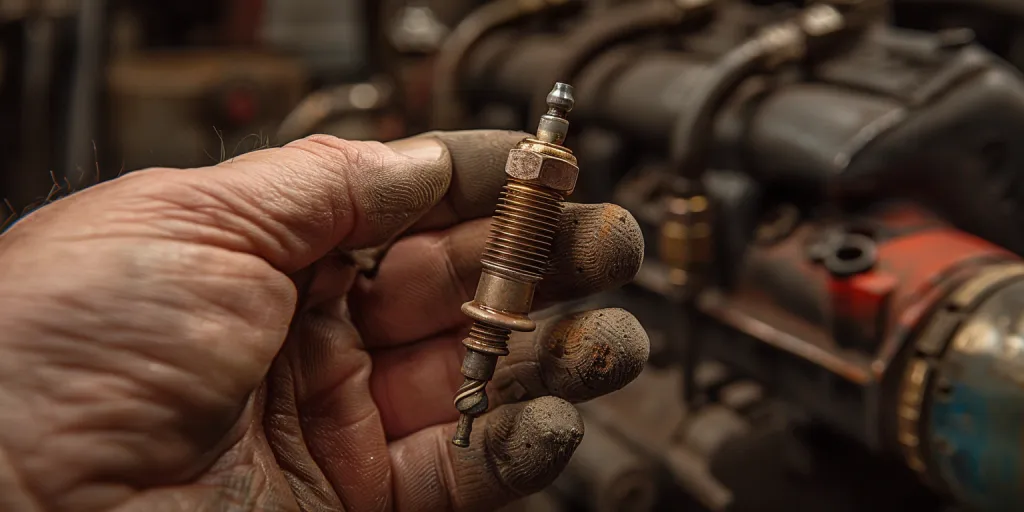When it comes to vehicle maintenance and performance, some parts steal the spotlight while others work quietly behind the scenes. Among the latter is the bougie, a critical component that might not be familiar to everyone. This article will illuminate the function, selection, lifespan, replacement, and cost of bougies, enhancing your vehicle knowledge and care practices.
Table of Contents:
– What is a bougie?
– What does a bougie do?
– How to choose a bougie
– How long do bougies last?
– How to replace a bougie
– How much are bougies?
What is a bougie?

A bougie, more commonly known in the automotive world as a spark plug, is an essential component of an internal combustion engine’s ignition system. It plays a crucial role in the engine’s functionality by igniting the air/fuel mixture to start the combustion process. A bougie is meticulously designed to withstand extreme temperatures and pressures within the combustion chamber, ensuring it can reliably create the spark needed for engine operation.
Constructed from durable materials like ceramic for insulation and metals such as iridium or platinum for the electrode, bougies are engineered for efficiency and longevity. The design includes a precisely gapped electrode through which the electrical charge jumps to create the spark. This gap is critical and varies depending on engine specifications, highlighting the importance of selecting the right bougie for your vehicle.
What does a bougie do?

The primary function of a bougie is to ignite the air/fuel mixture in the combustion chamber at precisely the right moment. This ignition is what powers the engine, turning chemical energy into mechanical energy. The efficiency and efficacy of this process directly impact engine performance, fuel efficiency, and emissions.
A well-functioning bougie ensures a clean and complete combustion, reducing wasteful misfires and contributing to smoother engine operation. On the other hand, a worn or incorrect bougie can lead to engine misfires, reduced power, increased fuel consumption, and higher emissions. Therefore, understanding and maintaining your vehicle’s bougies are paramount for optimal performance.
How to choose a bougie

Selecting the right bougie for your vehicle involves considering several factors, including the vehicle’s make, model, engine specifications, and manufacturer recommendations. The material of the bougie’s electrode (e.g., copper, platinum, iridium) also plays a significant role in its longevity and performance. For example, iridium plugs typically offer the best performance and longevity but come at a higher cost.
The heat range of a bougie, indicating its ability to dissipate heat from the combustion chamber, is another critical consideration. Choosing a bougie with the correct heat range is vital for preventing engine damage due to overheating or pre-ignition. Consulting your vehicle’s owner manual or a professional mechanic can help ensure you select the appropriate bougie for your specific needs.
How long do bougies last?

The lifespan of a bougie can vary widely based on its material, the vehicle’s operating conditions, and how the vehicle is used. Copper bougies, for example, may need replacing every 20,000 to 30,000 miles, while those made from more durable materials like iridium or platinum can last up to 100,000 miles. However, it’s important to regularly check your bougies for wear and tear, as factors like oil contamination, excessive idling, or aggressive driving can shorten their lifespan.
Regular inspection and maintenance can help identify when it’s time for a replacement. Symptoms of a failing bougie include difficulty starting the engine, rough idling, decreased acceleration, and increased fuel consumption. Replacing bougies at the appropriate intervals can prevent these issues and maintain engine performance.
How to replace a bougie

Replacing a bougie is a task that can typically be done with basic tools and a bit of mechanical knowledge. The process involves removing the ignition coil or spark plug wire, using a spark plug socket to unscrew the old bougie, checking and adjusting the gap of the new bougie if necessary, and then screwing in the new bougie and reattaching the coil or wire.
It’s crucial to follow the manufacturer’s torque specifications when installing the new bougie to avoid damaging the engine. Additionally, applying a small amount of anti-seize compound on the threads can help prevent the bougie from seizing in the cylinder head, making future replacements easier. If you’re not comfortable performing this task, seeking professional help is advisable.
How much are bougies?

The cost of bougies can range significantly depending on the type, material, and brand. Basic copper bougies might cost a few dollars each, while high-performance iridium or platinum bougies can be $15 or more per unit. While the upfront cost of more expensive bougies is higher, their longer lifespan and potential performance benefits can provide better value over time.
When purchasing bougies, considering the total cost of ownership, including potential fuel savings and reduced maintenance needs, is important. Investing in quality bougies that match your vehicle’s specifications can lead to improved engine performance and efficiency.
Conclusion:
Bougies, or spark plugs, are vital yet often overlooked components of a vehicle’s engine. They play a critical role in engine performance, fuel efficiency, and emissions control. Choosing the right bougie, understanding its lifespan, and knowing how to replace it are key aspects of vehicle maintenance. By investing in quality bougies and adhering to recommended maintenance schedules, you can ensure your vehicle runs smoothly and efficiently for years to come.




